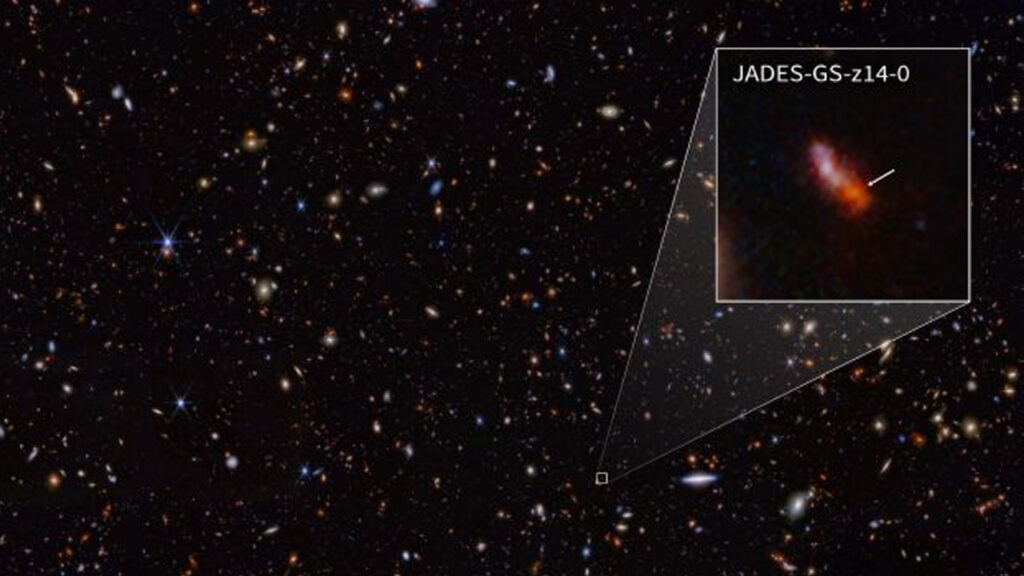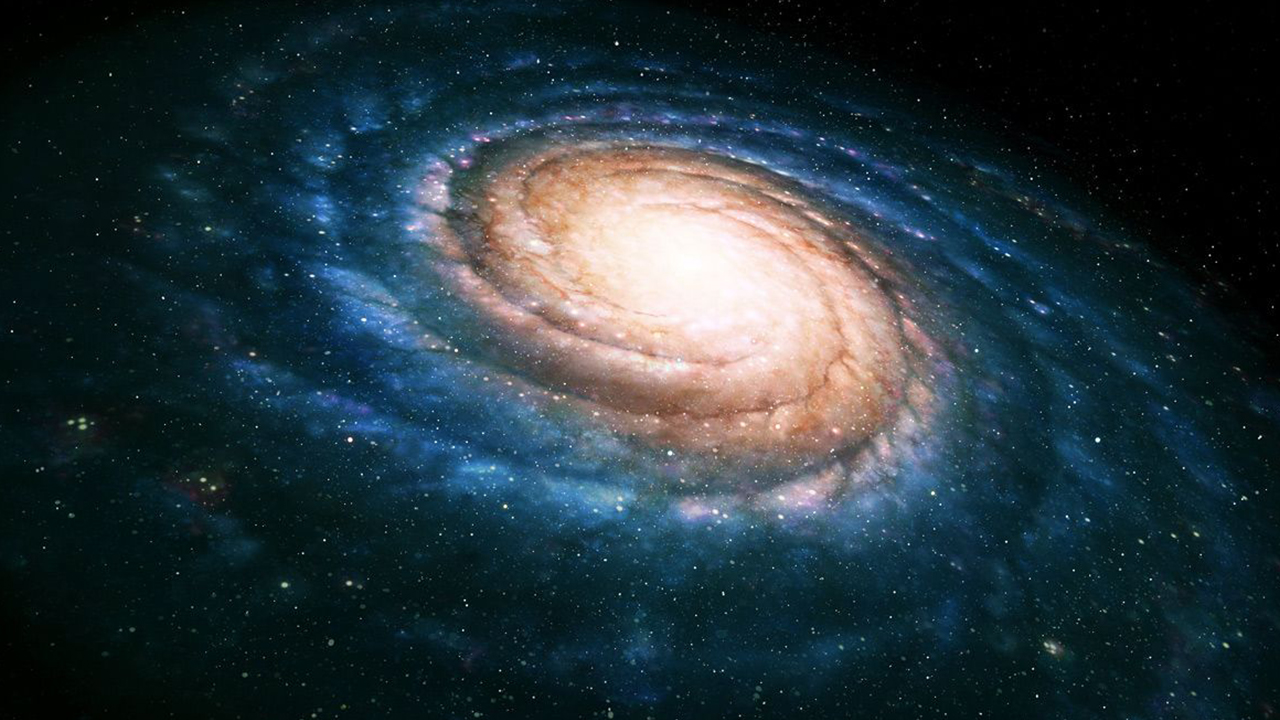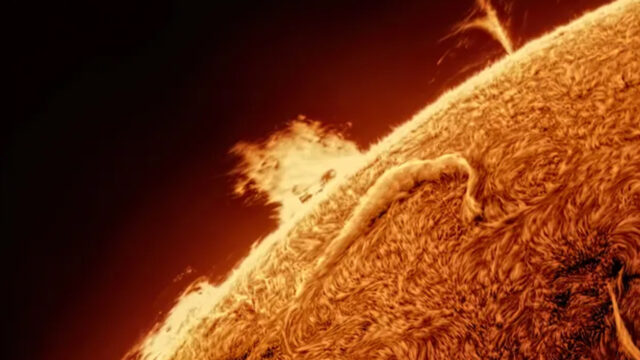Scientists have discovered the oldest galaxy in the universe, and this discovery will shake up our current theories of galaxy formation. This galaxy, called JADES-GS-z14-0, existed only 300 million years after the Big Bang and offers important clues about the early universe. This discovery is considered an important step towards understanding galaxy formation.
The oldest galaxy discovered in the universe so far: JADES-GS-z14-0
The newly discovered JADES-GS-z14-0 galaxy has gone down in history as the oldest galaxy from the early universe. This galaxy formed just 300 million years after the Big Bang, fundamentally challenging our theories of galaxy formation. Astronomers examined the galaxy with the NIRSpec observatory and confirmed that it has a redshift of 14.32, indicating that it is much older than the most distant galaxy previously discovered.

The JADES-GS-z14-0 galaxy is 1,600 light-years across, and most of this light comes from young stars, not the light emitted by supermassive black holes. This makes the galaxy so large and bright, it raises questions about how such a large galaxy could have formed in such a young universe. The abundance of dust and oxygen in the galaxy also suggests that several generations of massive stars had reached the end of their lives in the early days.
JADES (JWST Advanced Deep Extragalactic Survey) observations by the JWST (James Webb Space Telescope) have revealed that such large and bright galaxies could have formed much earlier than expected. The size and light intensity of the galaxy have led astronomers to reconsider their expectations of the early universe. JADES-GS-z14-0 suggests that galaxy formation may have occurred more rapidly in the early universe.














